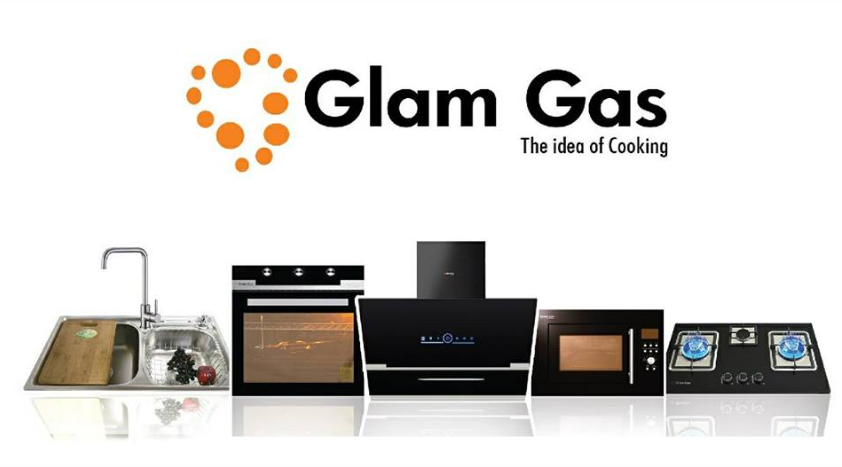A built-in hobs is an essential kitchen appliance that offers convenience, efficiency, and a sleek look. However, selecting the right hob can be tricky if you are unaware of the key factors to consider. Many homeowners make common mistakes that lead to performance issues, unnecessary expenses, and dissatisfaction. In this guide, we will discuss the five most common mistakes to avoid when buying a built-in hob, ensuring you make an informed decision that suits your cooking needs.
1. Ignoring Kitchen Space and Countertop Compatibility
One of the biggest mistakes buyers make is not considering the available kitchen space and countertop compatibility before purchasing a built-in hob.
Why It’s a Mistake:
- Built-in hobs require a specific amount of space for installation.
- Some countertops may not be suitable for certain types of hobs.
- Incorrect measurements can lead to installation challenges and extra costs.
How to Avoid It:
- Measure your kitchen space: Take accurate measurements of the countertop where the hob will be installed.
- Check material compatibility: Some materials, like laminated wood, may not be heat-resistant and could be damaged.
- Consult a professional: Seek advice from an expert to ensure the hob fits perfectly into your kitchen setup.
2. Overlooking the Type of Burner Configuration
Many homeowners assume that all built-in hobs come with the same burner types and configuration, leading to inefficiencies in cooking.
Why It’s a Mistake:
- Different burner types are designed for different cooking styles.
- A mismatch can result in longer cooking times and energy wastage.
- Some burner configurations may not accommodate large cookware.
How to Avoid It:
- Understand burner types: Built-in hobs come with high-efficiency, multi-flame, and standard burners. Choose according to your cooking needs.
- Evaluate your cooking habits: If you frequently cook with large pots and pans, choose a hob with spaced-out burners.
- Consider energy efficiency: Opt for a hob that balances power and energy consumption for long-term savings.
3. Choosing the Wrong Fuel Type
Another common mistake is failing to select the appropriate fuel type for your built-in hob.
Why It’s a Mistake:
- Some hobs operate on LPG (liquefied petroleum gas), while others require natural gas or electricity.
- Using the wrong fuel type can lead to operational inefficiencies and safety hazards.
How to Avoid It:
- Check your home’s gas supply: Ensure your kitchen is compatible with the hob’s fuel requirements.
- Opt for a dual-fuel option if available: Some models support both LPG and natural gas, offering flexibility.
- Consider induction hobs: If you prefer electric options, induction hobs provide energy-efficient and safer cooking alternatives.
4. Ignoring Safety Features
Many buyers focus on aesthetics and functionality but overlook the importance of safety features.
Why It’s a Mistake:
- A lack of safety features can increase the risk of gas leaks, accidental fires, and burns.
- Poorly designed hobs can lead to gas wastage and environmental hazards.
How to Avoid It:
- Look for flame failure devices: These features automatically cut off the gas supply if the flame goes out.
- Choose child safety locks: Essential for households with young children.
- Opt for heat indicators: If buying an induction hob, ensure it has heat indicators to prevent burns.
5. Prioritizing Price Over Quality and Brand Reliability
Buying a built-in hob solely based on price can lead to long-term disappointments and additional repair costs.
Why It’s a Mistake:
- Cheaper models may compromise on quality, durability, and performance.
- Unknown brands may lack proper customer support and warranty coverage.
How to Avoid It:
- Invest in a reputable brand: Look for trusted brands with positive customer reviews.
- Check warranty and after-sales service: Ensure the manufacturer provides sufficient warranty coverage.
- Balance price and features: While affordability is important, prioritize durability, safety, and efficiency over the lowest price.
Conclusion
Purchasing a built-in hobs is a long-term investment that requires careful consideration. By avoiding these five common mistakes—ignoring kitchen space, overlooking burner configuration, choosing the wrong fuel type, neglecting safety features, and prioritizing price over quality—you can select a hob that enhances your cooking experience. Remember to research thoroughly, compare options, and seek expert guidance to make an informed purchase decision. A well-chosen built-in hob not only improves your kitchen’s aesthetics but also ensures efficient and safe cooking for years to come.

